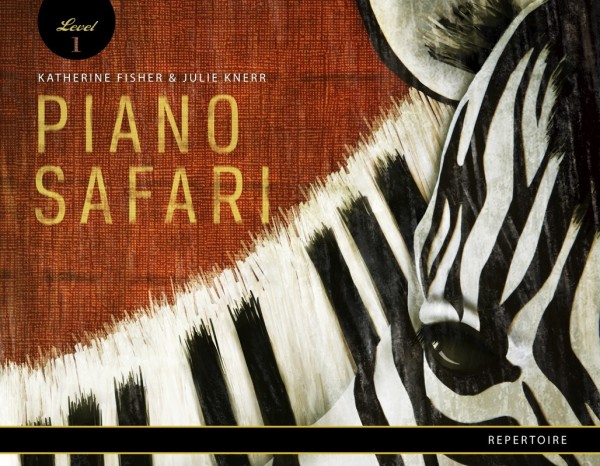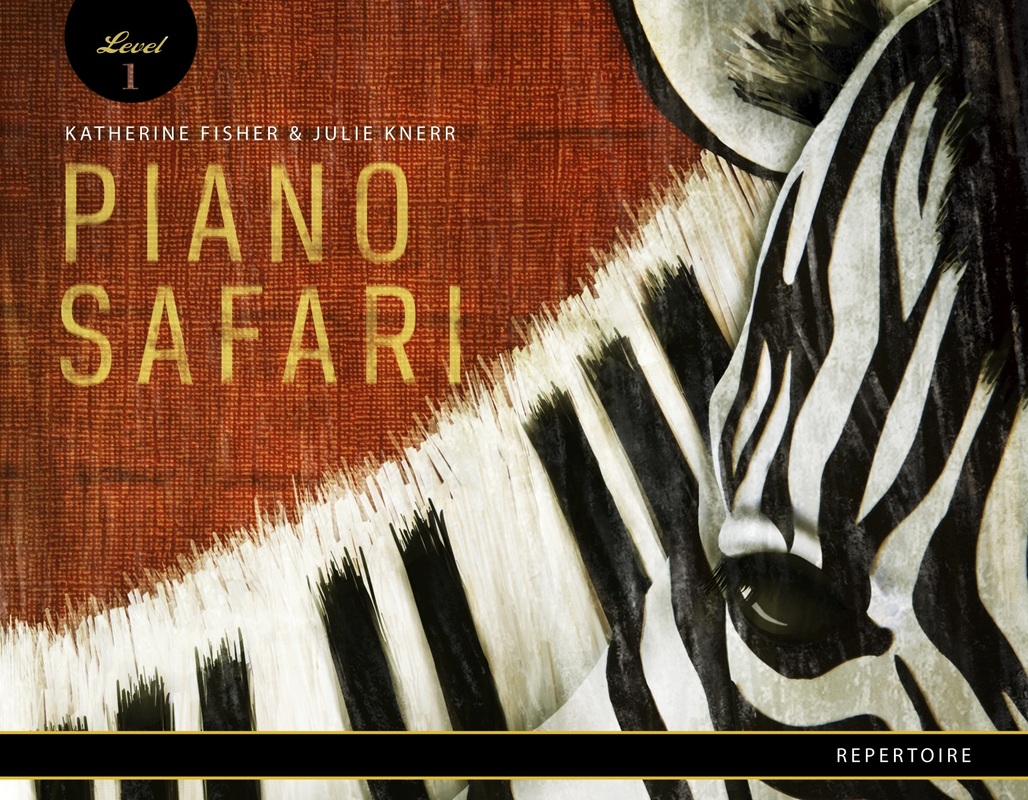On Friday, my local MTNA chapter held a workshop given by Katherine Fisher and Dr. Julie Knerr, co-authors of the Piano Safari method. Piano Safari has been on my radar for quite some time, although I have not yet used the method books with a student. I have, however, been experimenting with the technique exercises they have developed.

Piano Safari is a unique method in many ways, one of which is the integration of rote pieces alongside reading pieces.

Some time ago, I ordered their supplemental book “Technical Exercises & Rote Pieces” (view it in their online store here). I was particularly interested in the technical exercises which are taught to students by rote. The exercises were developed based on Julie Knerr’s dissertation research in which she observed lessons taught by a handful of well-regarded piano teachers across the United States. She found commonalities in the ways these teachers taught technique and developed exercises based on those commonalities.
Below is a list of the seven exercises used in Book 1 of Piano Safari and the technical motions developed by each exercise:
- Lion Paw: Arm weight.
- Zechariah Zebra: Repeated notes with firm fingertips.
- Tall Giraffe: Non-legato articulation.
- Tree Frog: Legato articulation with arm bounce.
- Kangaroo: Repeated notes with firm fingertips.
- Soaring Bird: Legato articulation in a three-note slur.
- Monkey Swinging in a Tree: Rotation.
Below is a quick video by Katherine Fisher briefly demonstrating the exercises:
I am a big believer in the importance of giving even beginner students some kind of warmup exercise to play every day. In the past, my student’s warmup assignment generally consisted of a number of 5-finger patterns (aka pentascales) in various keys. But in recent months, my students have also been playing various incarnations of Zechariah Zebra and the other animal exercises. 🙂
Since incorporating the Piano Safari exercises, I have seen a huge improvement in my beginner students’ technique and overall physical ease at the piano. It is so beneficial for students to have a simple exercise/piece where their entire focus can be on developing the basic hand motions that are fundamental to making beautiful sounds at the piano.
Arm weight is an important example. Sometimes, students do not learn to utilize arm weight until very late in their piano study. Developing a beautiful tone and a beautiful legato touch is nearly impossible without the proper understanding and use of arm weight.
The wrist roll is another important example of a basic technical movement that is so often required in music. A wrist roll makes the end of any phrase or slur much more beautiful sounding.
At the Piano Safari workshop last Friday, I gained much more insight into the rest of the philosophies behind the Piano Safari method (besides technique, every method has a unique approach to note reading and rhythm). I purchased a complete set of books at the workshop and I hope to continue to experiment with this unique method with my students.
You can learn more about the Piano Safari method on their website, where you will find an array of pedagogy articles and videos. The books are available for purchase also on their website.



Interesting!
I wish I can get the preview online, or perhaps will available in my country, since I also search a fun book to motivate my students to practice regularly 🙂
Thank you.
There are some previews on the website — take a peek here: http://pianosafari2.weebly.com/available-materials.html
Thanks for sharing. I’ve been curious about Piano Safari and I would love to be able to see a presentation about the method. Maybe we can get them to come do a workshop in Fort Worth sometime!
Or better yet AUSTIN!!… I am ordering today the technical exercises Please do come to Texas!
Great article! This is my first time hearing about the piano safari method!
I especially enjoy the lion paw exercise. Teaching arm weight is very difficult, and with this exercise, a student can begin working with arm weight at a young age. I personally disagree with the school of thought that weight should be taught once a student is more advanced.
I look forward to incorporating these exercises with my students one day!
Ha. I’m at a Piano Safari workshop in Athens, OH at OU and they just mentioned you and this blog in relation to rhythm notation cards.
Very cool, Karin! Thanks for letting me know. 🙂